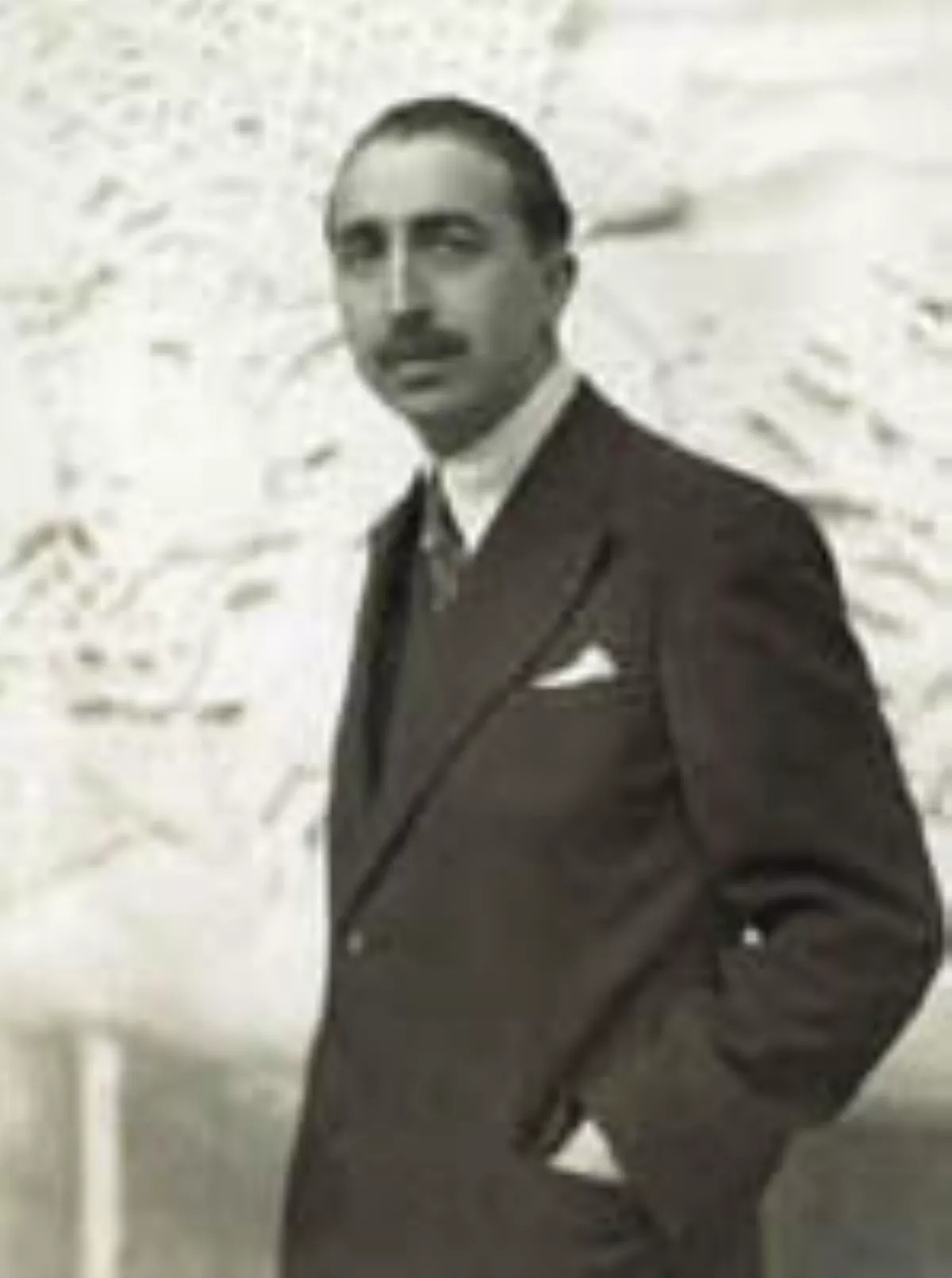 1.
1. Albert Laprade was a French architect, perhaps best known for the Palais de la Porte Doree.

 1.
1. Albert Laprade was a French architect, perhaps best known for the Palais de la Porte Doree.
Albert Laprade was born in Buzancais, Indre on 29 November 1883.
Albert Laprade was the only son of a wholesale grocer and a seamstress from Chateauroux.
Albert Laprade attended the Lycee Jean-Giraudoux in Chateauroux, graduating in 1900.
Albert Laprade then moved to Paris where his maternal uncle Ernest Cleret, an architect and professor at the Gobelins Manufactory, encouraged him to study for admission to the Ecole nationale superieure des Beaux-Arts.
Albert Laprade was a brilliant pupil and won many prizes.
Albert Laprade obtained his diploma as an architect in 1907.
Between 1910 and 1914 Albert Laprade worked in the studio of Rene Sergent, an uncle by marriage, who designed townhouses and chateaux lavishly decorated in the Louis XV style.
Albert Laprade worked under Prost in the town planning division, and was given the tasks of redesigning the great central park in Casablanca, and then planning a new indigenous town.
Albert Laprade first made many drawings of local architectural motifs in an effort to understand the interaction of stylistic elements with social functions.
Albert Laprade's goal was to develop an elegant urban architecture based on modern technology that would be appropriate to the stylistic tastes and way of life of the Moroccan people.
Albert Laprade followed Moroccan traditions in the division between interior courtyards and the street.
In 1917 Albert Laprade went to Rabat where he assisted with the General Residence and its gardens, the military and diplomatic cabinet, a park and sports ground, and the Marshal's residence.
Albert Laprade met many of his future private clients while in Morocco.
Albert Laprade created the Jardins des Nympheas and Jardins des Oiseaux for the 1925 International Exposition of Modern Industrial and Decorative Arts in Paris.
Albert Laprade was a founding member of the Society of Modern Artists and of the International Union of Architects.
Albert Laprade was chief architect of Civilian Buildings and National Palaces from 1932 to 1960.
Albert Laprade defined reforms to education in the 1930s and 1940s in which he emphasized the critical importance of teaching drawing skills in secondary schools, since this was an essential tool for both artists and craftsmen.
Albert Laprade was part of the editorial board, and one of the contributors of the avant garde urban planning magazines Plans, then Prelude, with Hubert Lagardelle, Pierre Winter, Charles Trochu, Philippe Lamour, Francois de Pierrefeu, Le Corbusier and Marcel Martiny.
Albert Laprade spent the years of World War II organizing his notes and drawings from his travels, from which his famous albums would be drawn.
Albert Laprade was inspector General of Beaux-Arts from 1943 to 1952.
From 1944 to 1949 Albert Laprade was in charge of protecting and improving area of the 4th arrondissement of Paris around the Eglise Saint-Gervais.
Albert Laprade was architect for the reconstruction of the old towns of Le Mans and Alencon.
Albert Laprade was made a Commander of the Legion of Honour.
Albert Laprade's work reflected many of the changes in 20th-century architecture during his long career, but he always remained true to the principles of aesthetics, balance and proportion.
Albert Laprade had to deal with the issue of how much the French should adapt to indigenous styles in the colonies.
In 1928 Albert Laprade described the new architectural style that was emerging in Morocco as a "synthesis of our Latin spirit and love for autochthonous art".
Albert Laprade saw the architect's goal as integrating "values of ambience" with a "whole way of life".
Albert Laprade believed in variety and complexity of the urban environment rather than uniformity, and was opposed to vandalism in the name of development of old quarters.
Albert Laprade used modern designs for commercial and industrial projects, which included the Citroen garage, rue Marbeuf, Genissiat dam on the Rhone, Roselend dam at La Bathie and the development of the Renault factories on Seguin island at Boulogne-Billancourt.
Albert Laprade was an excellent draftsman and watercolorist, interested in traditional architecture and landscape gardening.
Albert Laprade published several collections of drawings that he had made as Inspector or Inspector General of Fine Arts.